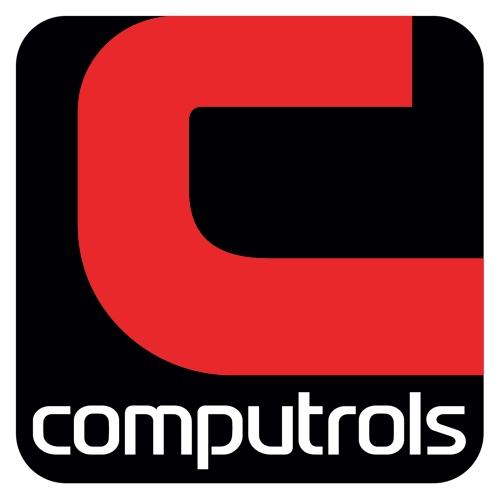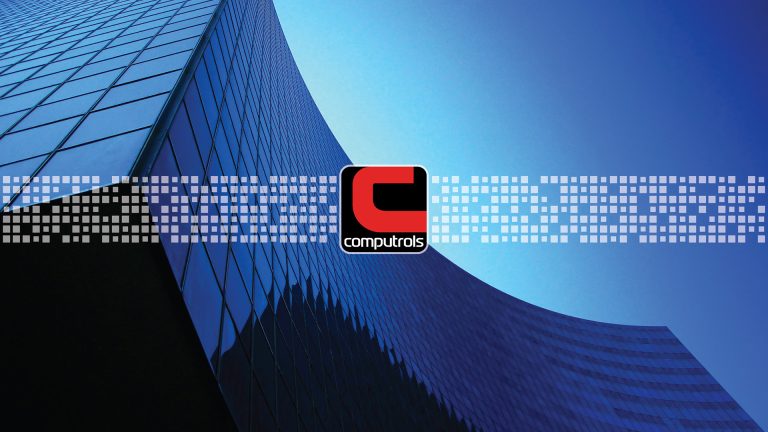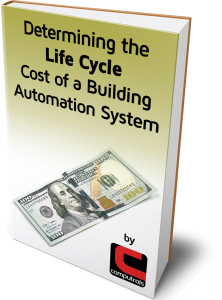As people begin returning to work, school, and other places that will require them to go into large-scale facilities with the masses, facility managers will need every tool possible at their disposal to ensure their well-being. Typically, building automation systems (BAS) that control HVAC, access, lights, and fire alarm systems have 3 main functions:
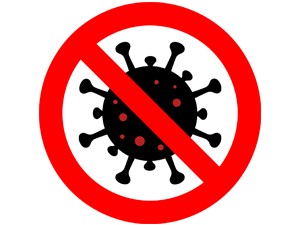
- Ensure building occupants are comfortable
- Energy efficiency
- Ensure building occupants are safe and healthy
Beyond these three main purposes, of course, there are other benefits, but let’s stay focused on the big three. The pandemic that is COVID-19 is causing a paradigm shift in the way these systems are operated and the priority of their primary functions. As people return to facilities where they live, work, learn, and play, what was number three on the list has now shot up to a demonstrable number one. So how can building automation systems help mitigate virus transmission and make people feel safer in buildings?
1. Improving and Monitoring Indoor Air Quality
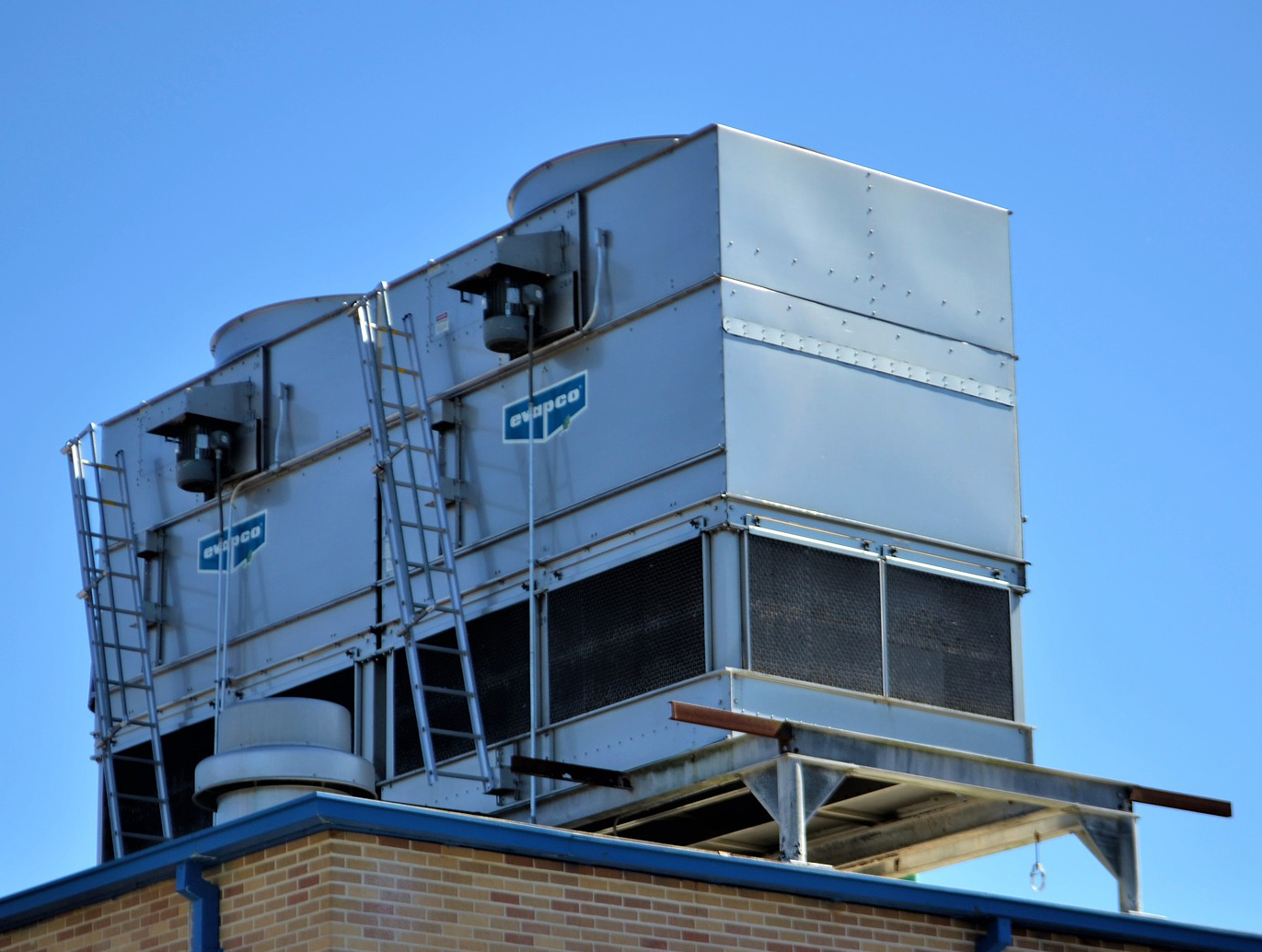
Your BAS is the key to improving a building’s indoor air quality (IAQ). Granted, there may be some mechanical limitations as older buildings are not as well equipped to take in as much outside air. This may also be the case with newer buildings depending on your geography. Either way, monitoring carbon dioxide levels, volatile organic compounds, and humidity provides the data needed in order to make educated decisions on the appropriate amount of fresh air to take in based on real-time feedback.
If you have not already, get in touch with your building automation service partner to discuss what you might change in your typical sequence of operations to improve air quality using ASHRAE’s latest standard. Keep in mind that this may require adding sensors so you know how many air changes your building should achieve each day.
2. Touchless Entry/Access
We are all now hyper-aware of what we touch on a daily basis. The surfaces that are handled most frequently are typically on the doors we go in and out of. In a commercial facility, these door handles, knobs, and pulls could be touched hundreds, if not thousands of times per day. Given the right door hardware, access control systems are a great way to provide touchless entry while ensuring only the people who are supposed to be in a particular area are provided entry.
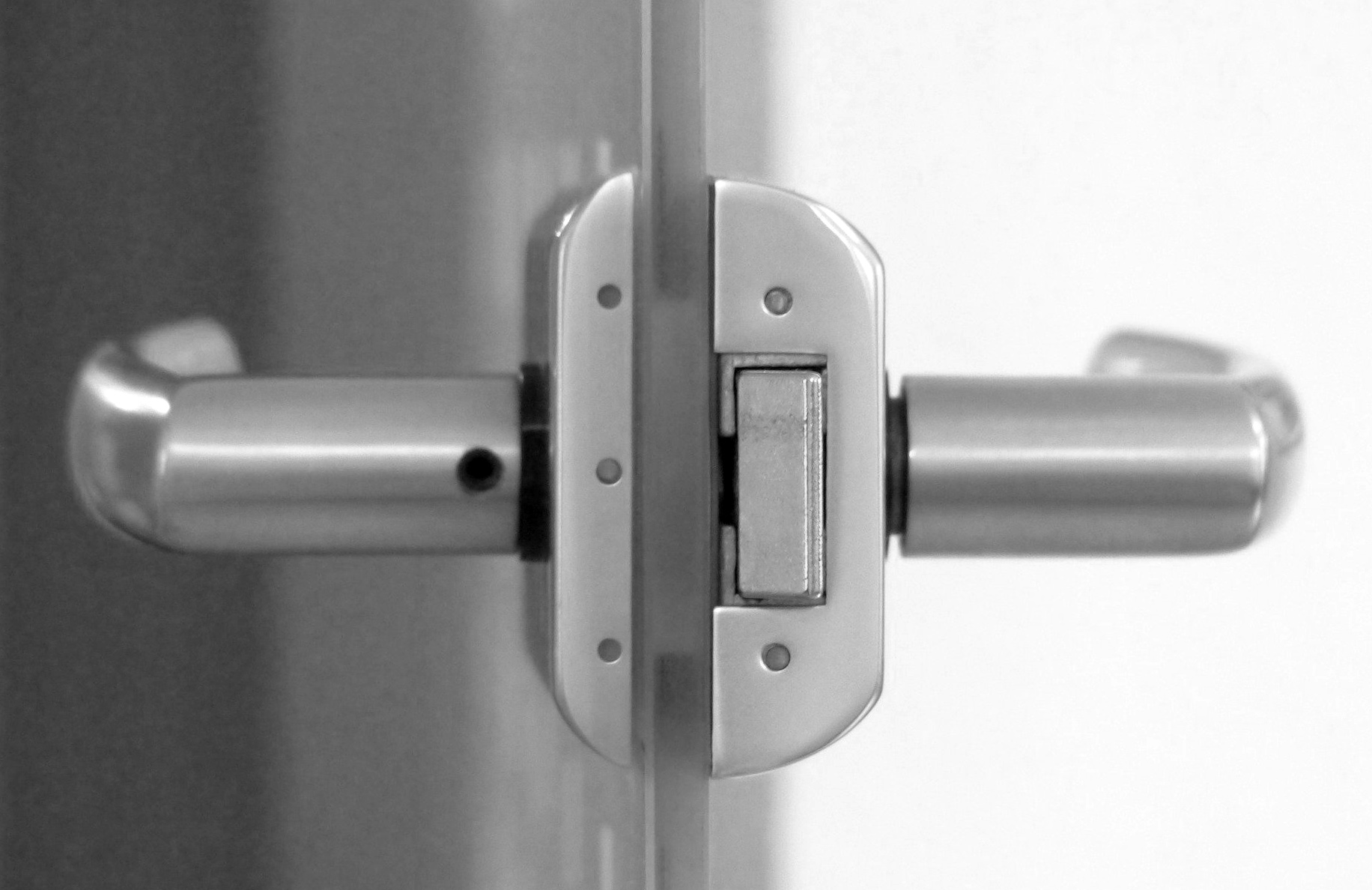
This may also be leveraged for destination dispatch systems for elevators. This way, building occupants can simply scan their access card to call an elevator to get to their floor. If your destination dispatch system does not have this functionality, there are still efficiencies gained in the interest of fewer touchpoints. You could potentially put a single attendant in the elevator lobby to press the buttons on the destination dispatch screen. One way or another, destination dispatch is certainly more efficient than putting an attendant in each elevator cab and more sterilized than having each person touch the button for their floor.
Then there comes the issue of having guests and vendors visit your facility. Rather than having a manual visitor management system in which the visitor would either have to handle a tablet, binder, or talk to a security guard, many access control systems can provide a platform in which a visitor can request access prior to leaving their home. With these visitor management systems, guests can choose who they are going to see, where they are located in the building, and request a QR code that will allow them to access the facility and floor of their host.
3. Limiting Room Occupancy
By leveraging people counters, your building’s access control system can limit the number of people that are allowed to enter a specific room. People counters register both incoming and outgoing traffic to keep an accurate count which would allow the door lock system to activate once the room reached a predetermined capacity. You could also have a monitor on the wall outside of each room showing the capacity and the current population.
4. Ultraviolet (UVC) Lights

UVC lights have been leveraged for years to clean coils in air handling units, but since the Coronavirus outbreak, we are starting to see them used in public spaces such as offices, elevators, and stairwells. There are permanent units that sit in the ceilings of these spaces that turn on after hours to disarm disease-causing pathogens. The ultraviolet rays emitted by these lights are dangerous to humans and therefore cannot be on when an area is occupied.
If these lights are connected to the BAS, you can put them on a schedule to automatically run after hours. As an additional safety measure, you may also deploy motion sensors and/or a warning signal in these spaces to ensure no one is in the area before you turn on the UVC lights.
For UVC lights in air handlers, you will want to interlock these lights with the chill water valve to protect your staff and any vendors who may not be aware of the harmful effects it has on humans.
5. Communicating with Building Occupants
Most of you probably don’t consider your BAS to be a communication tool but with the right data points and background information, it can be extremely useful in communicating your virus mitigation efforts to your building occupants. By leveraging customizable dashboards, you can quickly show tenants what measures you are taking, the results, and a short explanation of the data points shown. This can be particularly effective for communicating information regarding IAQ, cleaning regiments, and the occupancy of particular areas in your building.
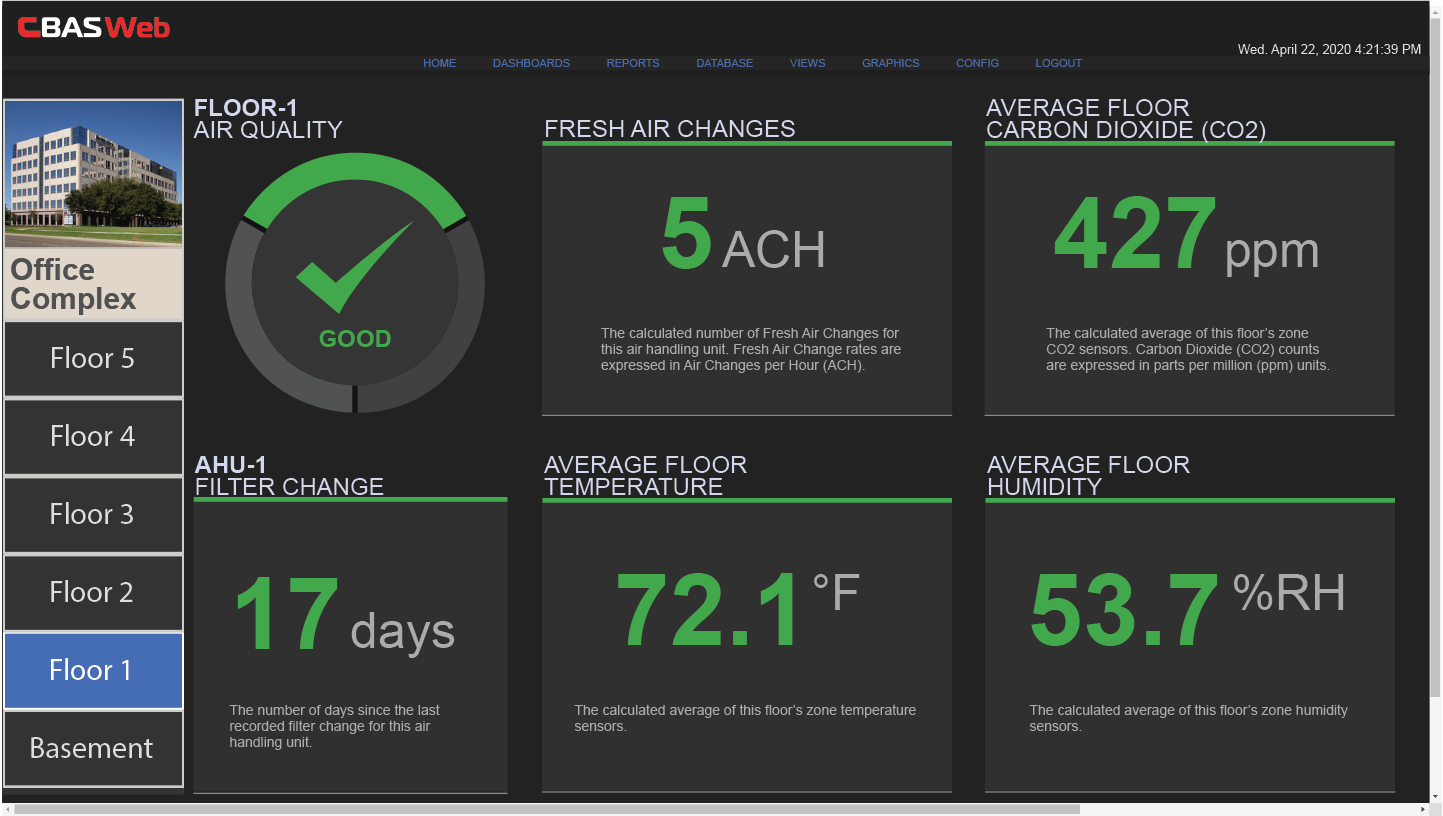
Contact Tracing
Per the CDC, contact tracing involves identifying people who have an infectious disease and their contacts (people who may have been exposed) and working with them to interrupt disease transmission. For COVID-19, interrupting disease transmission means isolating those who have tested positive and asking their contacts to get tested and then self-quarantine at least until they receive their results. In terms of identifying people who may have been exposed to those who have tested positive, using access control records can be extremely helpful (given the proper permissions have been granted by those individuals). By seeing who was in what areas of your facility and at what time, you can quickly put together a list in order to contact these people to notify them.
Get Started
Besides helping mitigate the spread of COVID-19, many of these measures provide additional benefits that make them a worthwhile investment. For example, improving indoor air quality is known to increase worker/student productivity and online visitor management systems make for a seamless guest experience that reduces crowding at the security desk.
As many of you have already experienced, preparing your facility for the return of occupants can be extremely labor-intensive. Contact your BAS service partner today to discuss these virus mitigation measures and any other creative solutions you and your partner may have.
